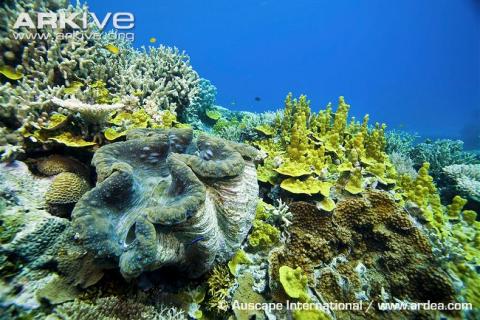
-The Aquarium of the Pacific where we visited, not only provides homes for confiscated organisms but also trains FWS staff to identify corals protected under CITES (Convention of International Trade of Endangered Species for identification when they come into the country.
-The Shedd Aquarium helped in the rescue and rehabilitation of 102 internationally protected juvenile arapaima (Arapaima gigas) from the Amazon River confiscated from O’Hare International Airport for the pet trade industry.
- The National Aquarium is home to a South American freshwater stingray confiscated last year at Dulles International Airport by the FWS.
These rescues save individual animals but the problem is huge. It’s estimated that 30 million fish and invertebrates are caught annually for the home aquarium market. A scientific study looking at import records found that the home aquarium trade targets about “150 species of stony corals, hundreds of species of non-coral invertebrates, and at least 1,472 reef fish species from 50 families” (numbers of illegal imports). And most are from coral reefs, decreasing populations and damaging the ecosystem.
What’s the answer for the growing demand? First, don’t buy wild-caught creatures: that means asking where they are from. Only buy captive-bred fish, corals and invertebrates for home the aquarium market.
Read more about where the animals for your home tank come from and a more sustainable way.
Read more about captive breeding.















